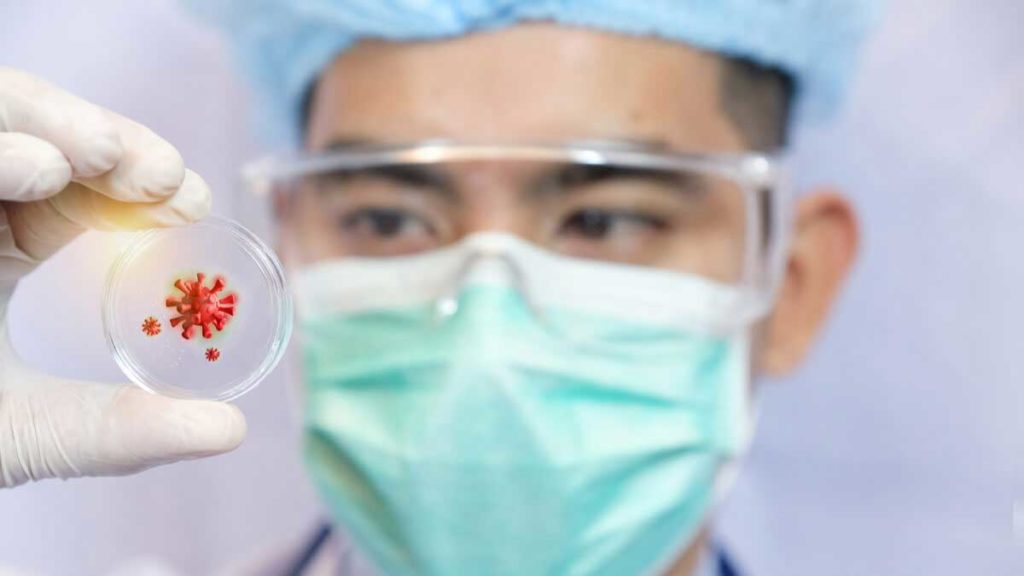Chinese Technology needed to fight against Covid-19 once again

Chinese technology has been used to fight against the spread of Covid-19 since the very beginning. The efficiency with which the Chinese government handled the outbreak was clear. However, it seems a slip up may have occurred.
Seventy-nine new cases have suddenly emerged over the last four days in Beijing after two months of decline. The Chinese government quickly jumped to action and closed off over twenty neighborhoods in the area.
Having set the scene, here is a list of Chinese technology used to optimize efficiency and save lives during the outbreak.
Positioning technologies:
Positioning technologies are not unique in China. First respondents, rescue groups, government agencies, transportation and logistics planners have been using it to gain accurate geographic scans of certain areas in times of crisis or when rescue is needed. This proved invaluable when two makeshift Covid-19 hospitals were constructed at record speed, thanks in part, to quick and precise geographic assessment, mapping and imagery.
Satellite imagery:
Satellites, were used to monitor crowd density and traffic congestion, which helped decision makers to manage accordingly. In conjunction with the above (and below) these technologies were used to get a precise map of where the virus was from a bird’s-eye view in real-time.
Drones:
Drones have played an important role in delivering medical supplies and other essentials without human-to-human contact to more severely affected places in the country. This helped to speed up deliveries, bypass road-related delays, and mitigate contamination risks.
Some drones that were previously used for agriculture were repurposed for spraying disinfectants across massive areas, while attached speakers were broadcasting messages to stay at home or warnings when people were seen breaking quarantine unnecessarily or not wearing facemasks.
Health sensors and apps:
China already possesses an expansive, some would say intrusive, surveillance system. With that infrastructure in place, Alibaba and Tencent developed the now well-known color-coded health rating system: green for clean, yellow for at risk, and red for danger. Using location tracking, the app tells the holder, and authorities, if the person has been in contact with an infected person or in an area of high risk. The color determines whether the person is allowed in public spaces or should be quarantined.
Autonomous vehicles
This is an obvious and widespread solution to lessen person to person contact. Autonomous vehicles have been invaluable in distributing essential supplies to people in need. By utilizing cloud services, some vehicles have even been used to disinfect entire city districts.
Robots:
In many hospitals, robots have been tasked with performing diagnostic and thermal imaging. One hospital in Wuhan has even replaced its staff with robots entirely, forming a completely smart medical facility complete with 5G enabled IoT items like bracelets worn by patients monitoring conditions, and cloud-based data storage for fast and accurate assessment and reaction.
